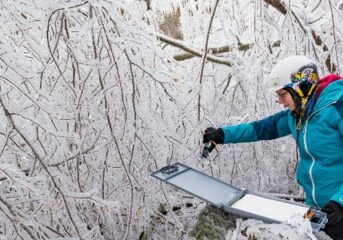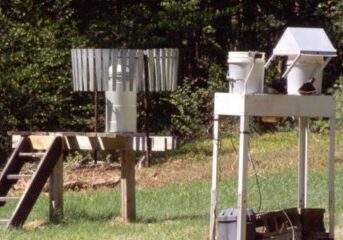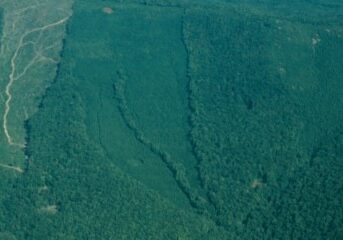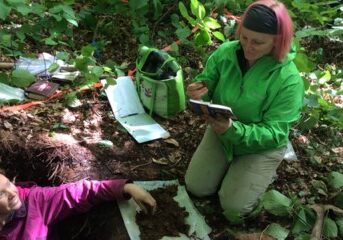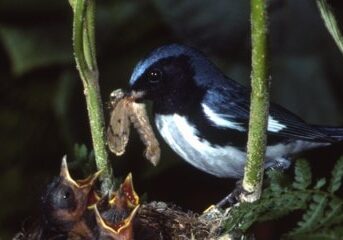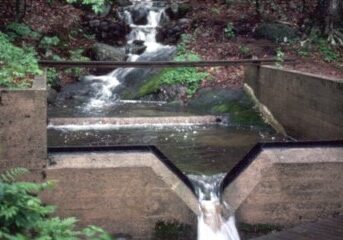Vegetation
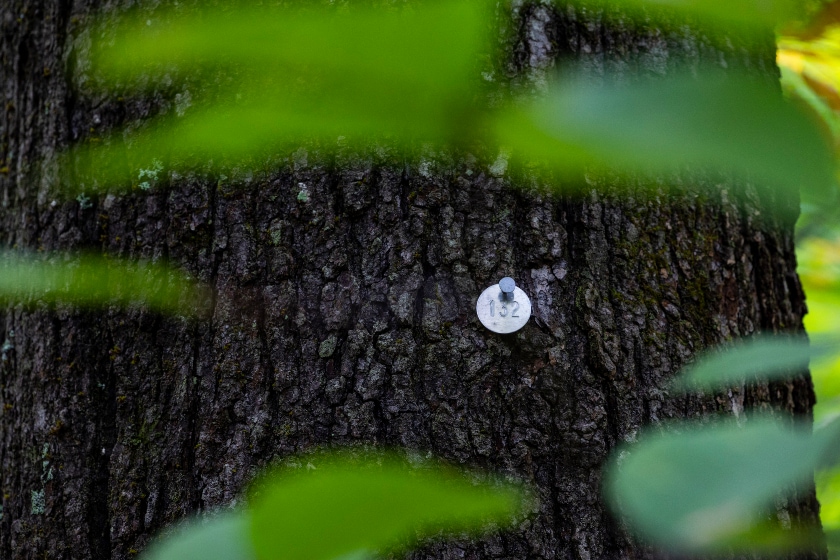
Photo by Joe Klementovich
The tree species composition and productivity of the northern hardwood forest at Hubbard Brook is in a state of flux. Contrary to expectations, conifers from higher elevations are moving downslope into the hardwood forest. At the same time, red oaks and white pine are invading at lower elevations. We monitor these species transitions a network of tagged-tree inventories. We also maintain “sentinel monitoring” designed to quantify climate-driven changes in species survival and growth at low elevation.
Key long-term efforts include:
- Tree demography and diameter at breast height of all trees > 10 cm for reference (W6) and Ca-treated (W1) watersheds have been measured at 5-year intervals since 1996/97.
- Tree and sapling inventories of forest composition, structure, and productivity on reference and experimental watersheds, starting in 1965 on W6.
- Inventories of 371 plots established in 1995 across the entire HBR valley every 10 years, with a subsample of 30 plots sampled more intensively every 5 years.
- The growth and survival of more than 5,000 tagged trees in a 10-ha area that is the focus of long-term bird studies have been tracked biannually since 1991.
- Annual “sentinel surveys” of climate migrant seedlings, e.g., red oak, white pine.
- Annual surveys of foliar chemistry along elevation gradients in W6 and W1.
- We calculate trends in forest biomass—the amount of living organic material synthesized by plants and other organisms—a critical measure for understanding the role of northern forests in the global carbon budget.

